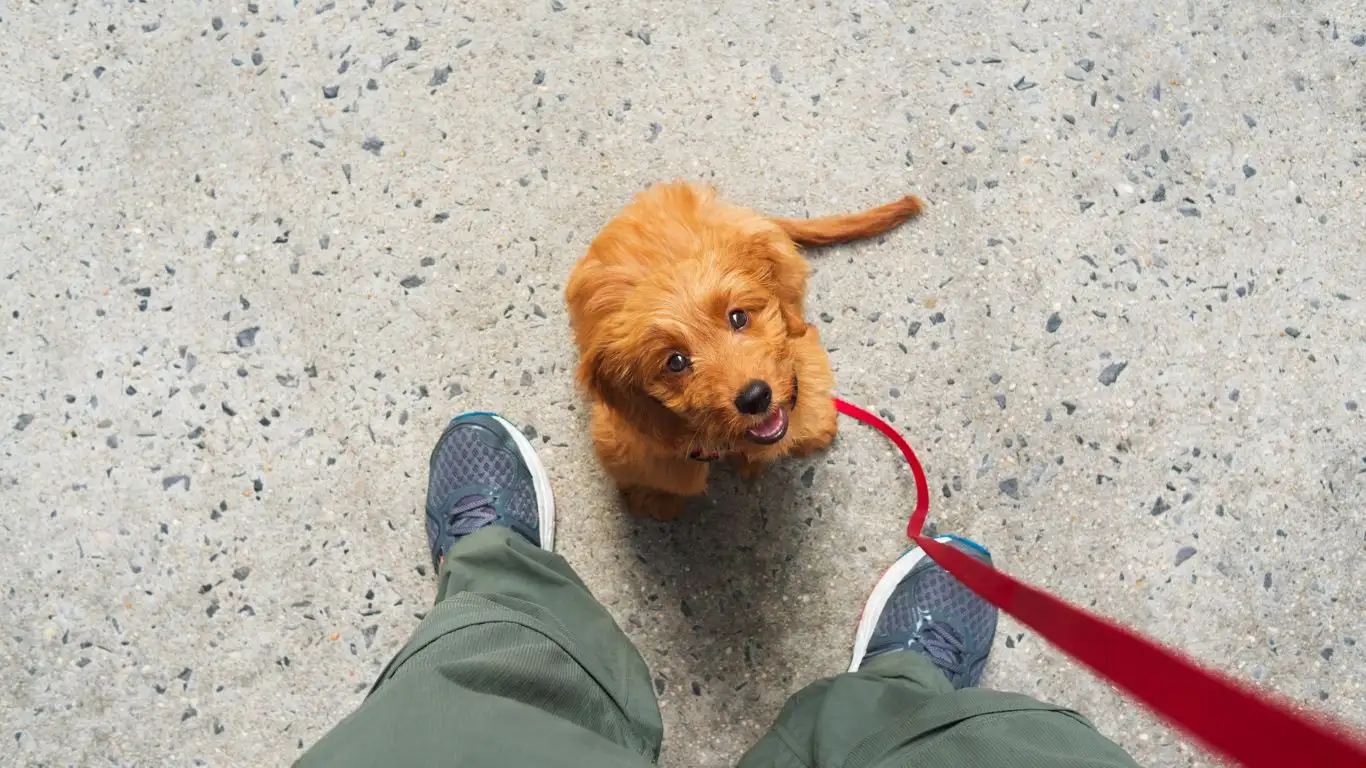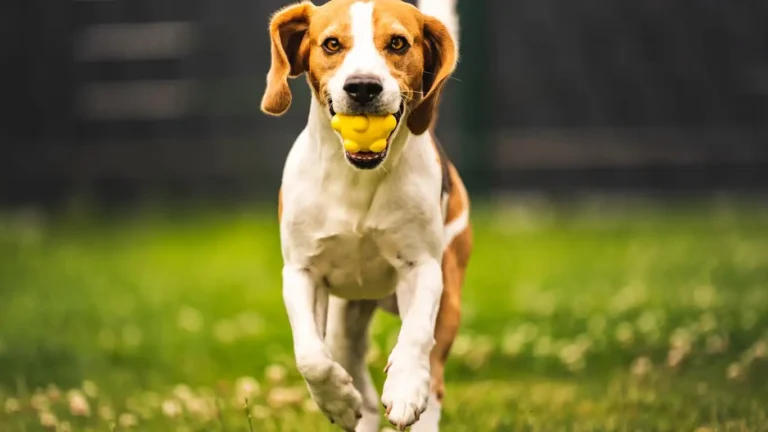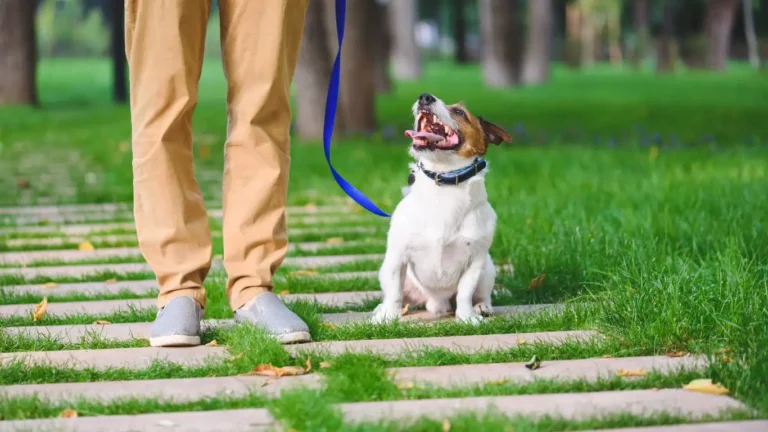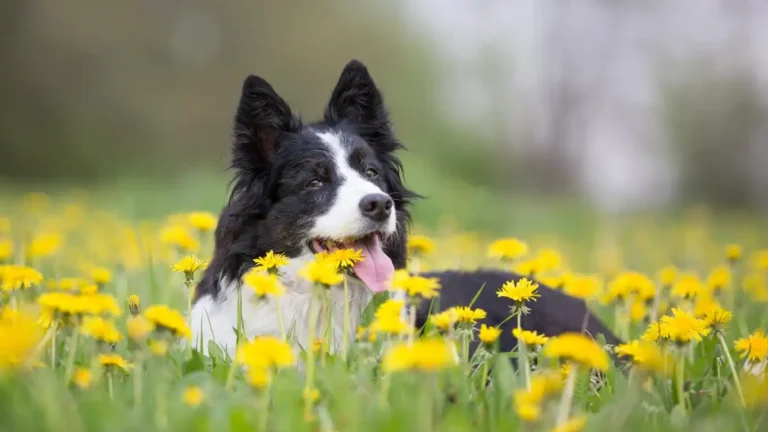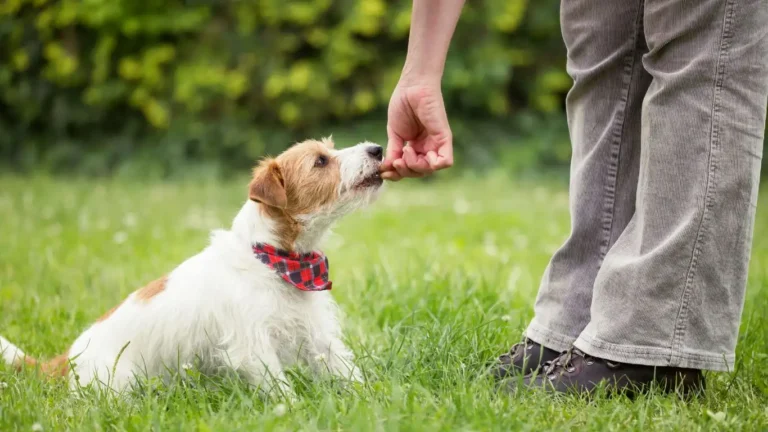Stop Dog Chasing Kids Fast: Proven Training for Calm Behavior
It’s a story I’ve seen unfold countless times—kids laughing, running around in the yard, and suddenly, a dog bolts after them, tail wagging, eyes locked in, sometimes playfully, sometimes not. If you’re wondering how to train a dog to stop chasing kids playing, you’re absolutely not alone. As a Canine-Assisted Therapy Trainer, I’ve worked with many families who are startled by how quickly their beloved pup can go from calm companion to backyard sprinter when children are at play. The good news? With patience, a bit of know-how, and a dose of consistency, you can absolutely teach your dog that chasing isn’t part of the fun.
Why Do Dogs Chase Kids Anyway?
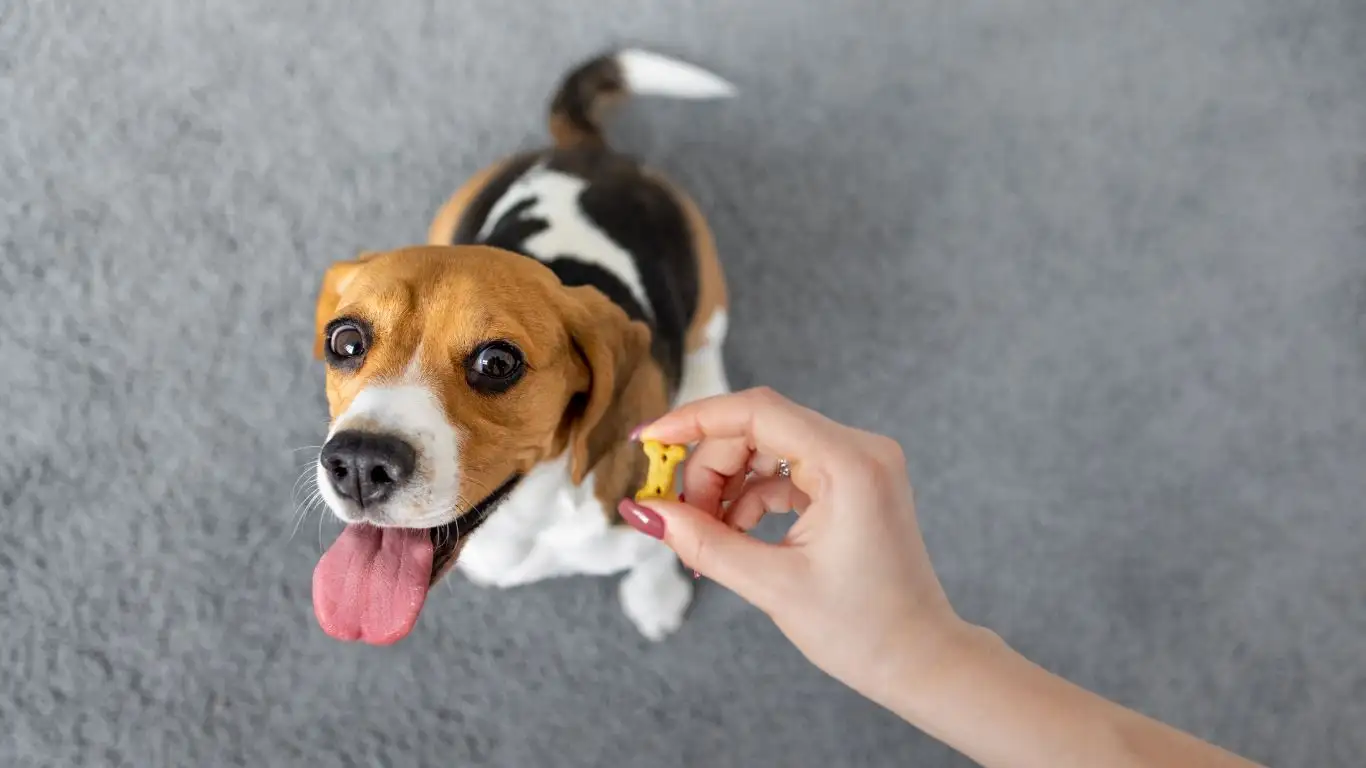
Understanding why dogs chase kids is the first step to changing the behavior. I’ve met many well-meaning dogs who aren’t aggressive at all—but when they see the flurry of motion, their instincts kick in. Herding breeds like Border Collies, Australian Shepherds, and Corgis are especially prone to this. They see running children and think, “Time to herd the flock!”
The Natural Instinct Behind the Dash
Here’s the thing: dogs are wired to chase. It’s part prey drive, part curiosity, and part fun. Even my own therapy dog, Remi—a calm, old Golden Retriever—used to perk up when kids zipped by. His tail would wag, ears up, ready for what he thought was play. For him, it was a game. For a nervous parent? Not so fun.
Not Always Aggression—But Still a Problem
This is crucial. Most dogs that chase kids aren’t doing it out of aggression. But to the child being chased, especially if they’re not comfortable with dogs, it doesn’t matter. It can be scary. And let’s be honest—if a child falls, gets scratched, or worse, it’s a serious liability issue for you as the owner. That’s why getting ahead of the behavior is so important.
First Things First: Assess Your Dog’s Temperament
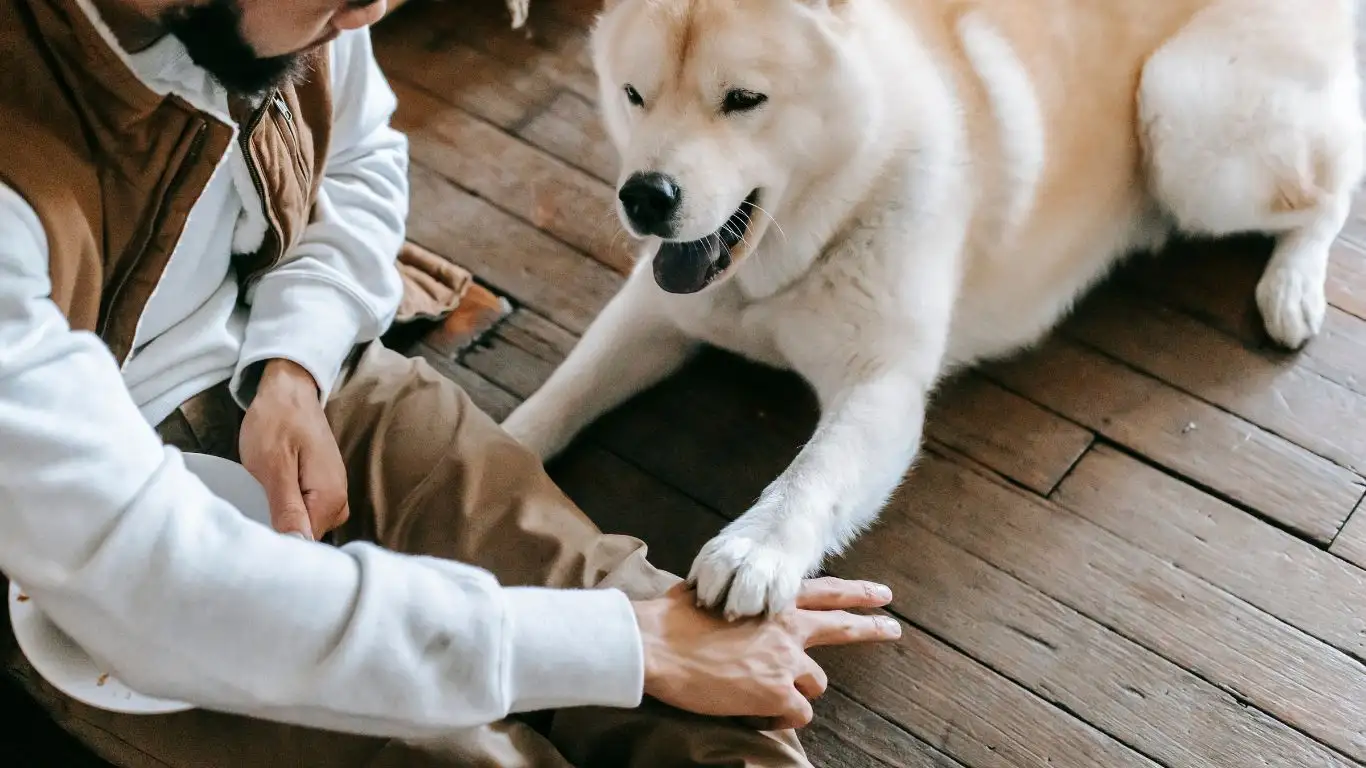
Before diving into actual training, take a moment to reflect on your dog’s personality. Not all dogs chase for the same reasons. Some want to join the fun. Others are overwhelmed by the chaos. A few might be anxious or unsure and express that by charging toward the commotion.
Questions to Ask Yourself
- Does my dog get overstimulated easily?
- Is my dog herding by nature?
- Does my dog have a high prey drive?
- Is there any history of nipping, biting, or rough play?
These aren’t just theoretical questions—I go over these exact points with every new client during evaluations. If your dog gets overwhelmed by excitement or movement, you’ll want to tailor your training plan to keep things calmer from the get-go.
The Power of Controlled Exposure
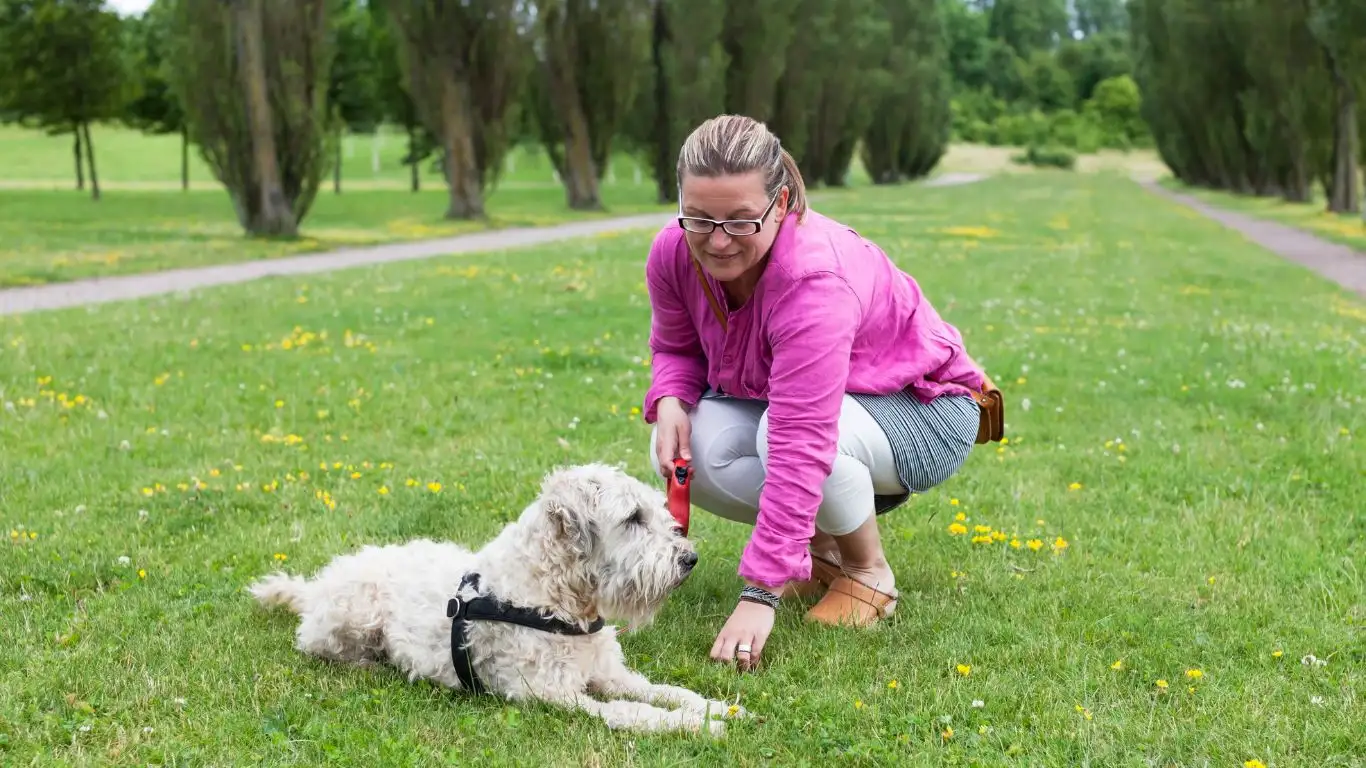
This is probably my favorite piece of advice because I’ve seen it work wonders. You don’t want to wait until your dog is already mid-sprint to intervene. Instead, gradually introduce them to the triggers—running kids, fast movements—*but under strict supervision and with lots of control.*
Start With Distance
When I worked with a German Shepherd named Luna, her family was terrified she might accidentally knock a child over. So we began 30 feet away from a playground. She saw the kids, was curious, but we had her on leash with treats ready. Every time she looked calmly and didn’t bolt, she got praise and snacks.
Gradually Close the Gap
- Start far away where your dog can observe but not react.
- Reward calm behavior with high-value treats—think bits of chicken or freeze-dried liver.
- Over several sessions, slowly move a little closer, always staying below their “reaction threshold.”
- If they get overexcited or start pulling, back up and try again next time with more distance.
This method works because you’re reshaping your dog’s emotional response to children playing. Instead of “chase now!”, it becomes “stay calm, get treats.” That’s a powerful mindset shift.
Teaching Solid Basic Commands is Non-Negotiable
Let me say this plainly: if your dog doesn’t have the basics down—like sit, stay, come, and especially leave it—then everything else gets a whole lot harder. One of the most effective ways I’ve curbed chasing behavior is simply by reinforcing impulse control through command training.
Impulse Control is Everything
Dogs don’t come pre-programmed with self-control. You’ve got to teach it. And believe me, I’ve worked with the wriggliest, most excitable pups and seen them turn into well-mannered companions with the right training. Start in a quiet environment with minimal distractions, then work up to practicing around moving kids—on leash, of course.
- Practice “stay” while kids walk by at a distance.
- Use “leave it” if your dog starts to lunge or lock eyes.
- Reward generously when your dog listens, even if just for a second.
I once had a Lab mix named Bruno who loved chasing anything that moved—squirrels, balls, and yes, kids. By consistently working on “leave it” and “stay” in increasingly challenging environments, he eventually sat calmly while the neighborhood kids played tag nearby. It took time, but wow, was it worth it.
Using Redirection to Curb the Chasing Instinct
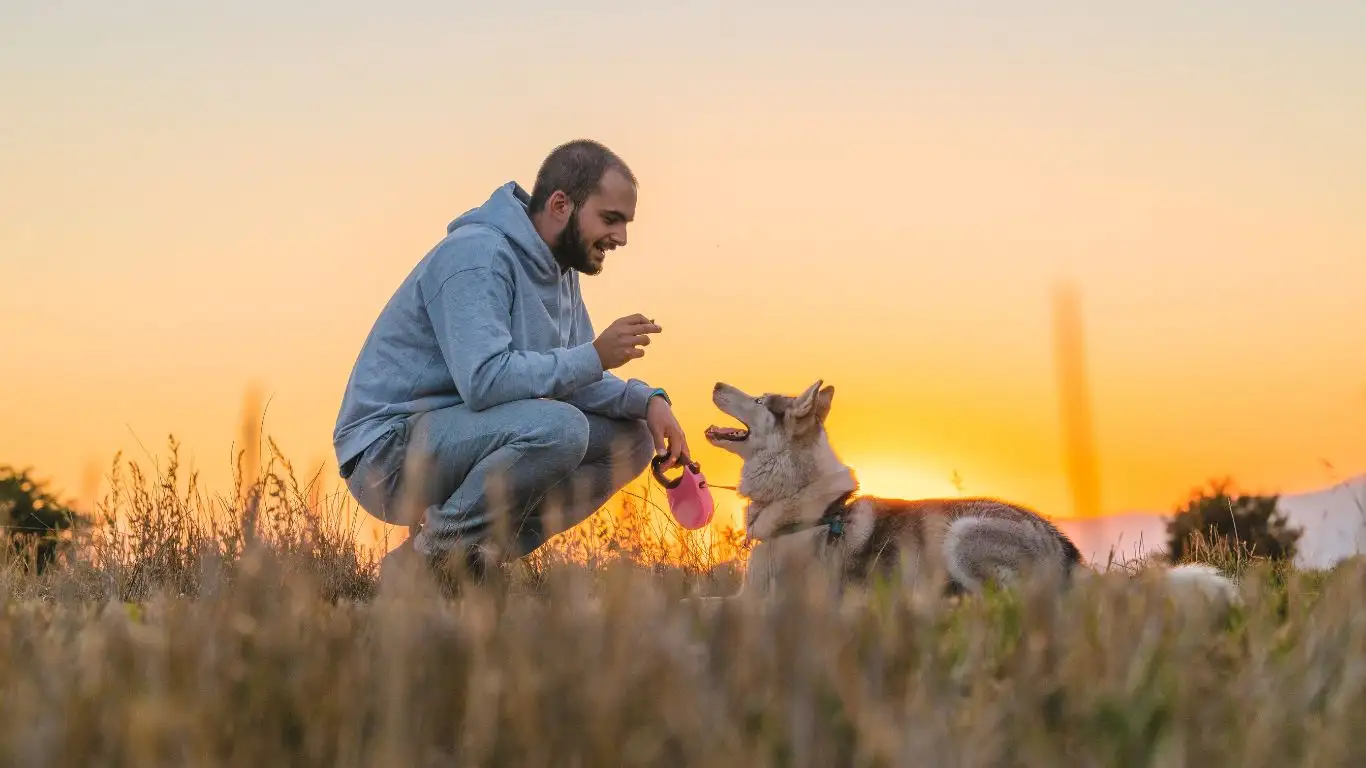
Let’s be real—telling a dog “no” when they’re already mid-chase is like yelling at a freight train. They’re in motion, adrenaline’s up, and you’re just background noise at that point. That’s why redirection is your secret weapon. Instead of just stopping the behavior, you offer your dog something better to do. Trust me, it works way better than scolding.
Toys, Tug, and Treats—Oh My
One of the first things I tell my clients is to arm themselves with high-value distractions. I had this energetic Beagle named Max who couldn’t resist the sight of sprinting children. The fix? We gave him a job—carrying his favorite tug toy. When he saw kids run, we cued “get your toy!” and he’d grab it, focus redirected, crisis averted. It wasn’t magic, just conditioning.
- Tug toys and balls are fantastic tools for dogs with chase drive.
- Interactive feeders or snuffle mats during playtime can redirect their attention.
- Quick training games like “touch” or “spin” can shift their mental gears fast.
Redirection isn’t about punishment—it’s about choice. You’re offering them a better one in the moment. And if you keep it fun and rewarding? They’ll start to choose the better option all on their own.
Managing the Environment for Success
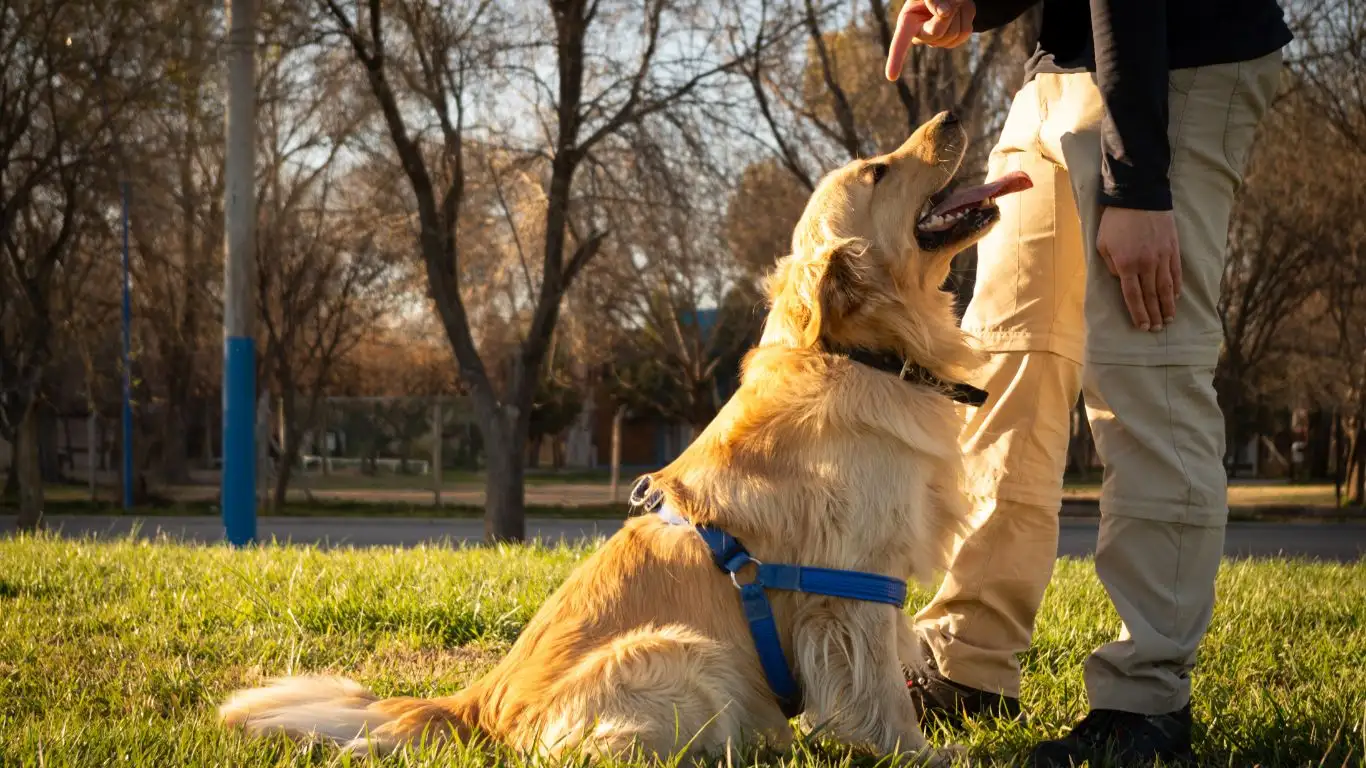
Here’s a little trainer truth bomb: behavior problems often start because the environment wasn’t set up for success. You wouldn’t let a toddler loose in a kitchen full of open flames, right? Same goes for your pup and a yard full of running children if they’re not ready.
Physical Management Tools
While you’re training, you’ll need to use management to prevent mistakes. And that’s not “cheating”—it’s being smart. Some tools I recommend:
- Long lines – Great for giving freedom while maintaining control.
- Exercise pens – Use them to separate play areas.
- Baby gates – Perfect for managing indoor spaces when guests with kids visit.
I had a family once install a temporary backyard divider. Kids on one side, dog on the other. They practiced parallel play—kids ran, dog chilled with a frozen Kong. Over time, we decreased the barrier until their pup could watch calmly, totally unbothered. That’s the goal.
Consistency is Where the Magic Happens
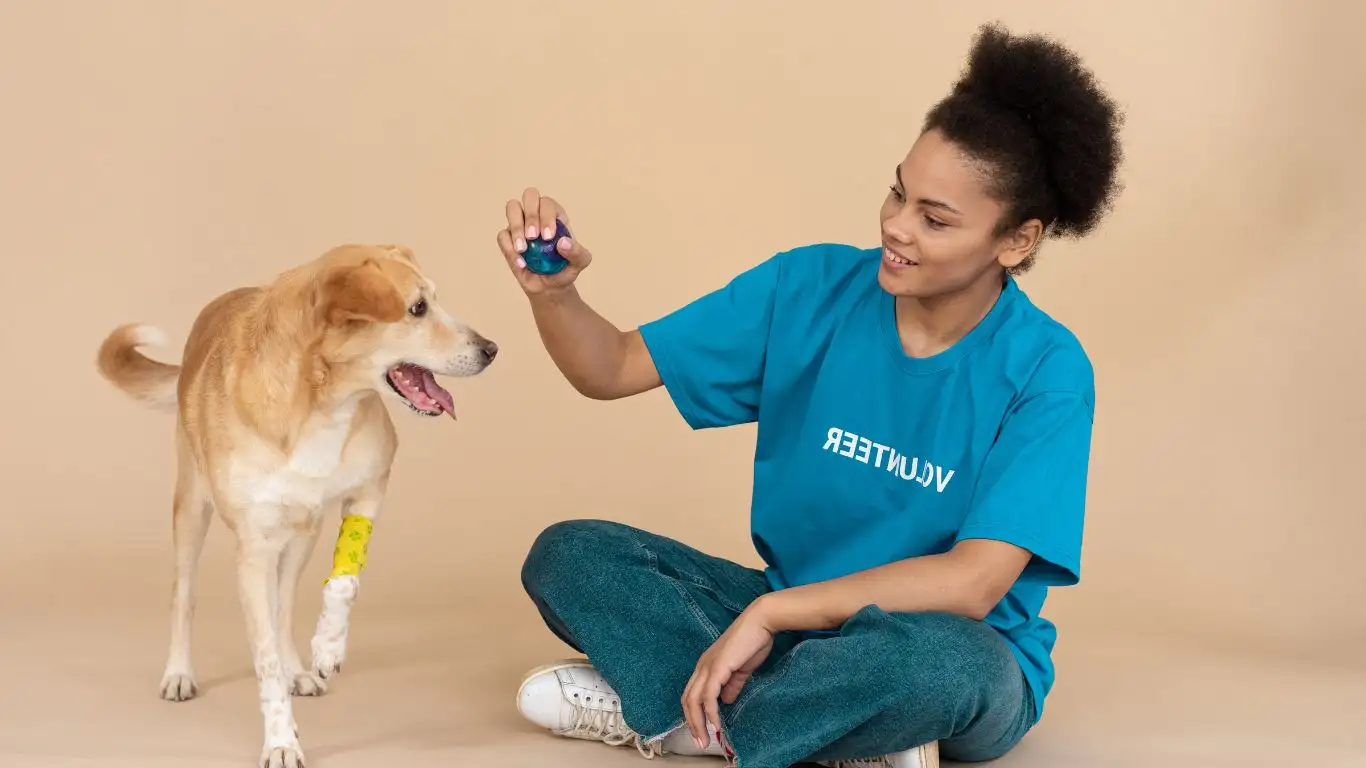
If I could tattoo one word on every dog owner’s arm, it would be this: consistency. You can do all the redirection and impulse control work in the world, but if you only apply it every now and then? Meh. Dogs don’t learn that way. They need repetition. Repetition with clarity and kindness.
Routine Builds Reliable Behavior
Every time your dog interacts with kids should be a structured, positive experience. Even if it’s just for 5–10 minutes. I used to schedule “kid exposure” sessions into my weekly routine with therapy dogs in training. It became part of their world, not some crazy event that happened out of nowhere.
- Pick 2–3 short sessions a week to focus on controlled exposure to kids playing.
- Keep it brief, positive, and always end on a win—calm behavior gets rewards.
- Gradually build in more distractions as your dog shows they can handle it.
One client I had actually put up a sticky note reminder on their fridge that said, “Practice before play!”—so they never let the kids into the yard before checking in with the dog first. Simple step, huge results.
Involve the Kids—Safely and Mindfully
This one’s huge. If you’ve got your own children or neighbor kids regularly in your space, involve them in the process but always with structure. A dog that learns “when kids run, I get a cue and reward” is way less likely to act on instinct.
Kid-Approved Training Helpers
Older kids can help with training if they’re mature enough to follow rules. I’ve had kids as young as 7 help by tossing treats to reinforce calm behavior—always under adult supervision, of course.
- Let them be the ones to drop treats when your dog holds a “sit” as they move slowly by.
- Teach kids to stay calm, avoid screaming or flailing around the dog (tough, but worth it).
- Practice low-energy games together like “find it” or hide-and-seek instead of high-speed chase games.
I had this wonderful little girl, Ava, who used to help with my therapy dog in training. She’d walk slowly past with her teddy bear and drop kibble in a line behind her. My dog followed, tail wagging, eyes on the prize—not the child. Over time, that calm following replaced any chasing urge.
When to Call in the Pros
If you’ve tried redirection, impulse control work, and managing the environment—and your dog is still reacting too intensely—don’t wait. Get a certified dog trainer or behaviorist involved. Preferably someone with experience in kid-dog dynamics.
Some signs it’s time for extra help:
- Your dog growls, snaps, or fixates intensely on children.
- Chasing behavior escalates even with training.
- You feel anxious or unsure about managing your dog safely around kids.
I’ve taken on several clients over the years who waited a bit too long, hoping it would “just stop.” In most cases, the dog wasn’t being bad—they just needed a clearer game plan. Don’t hesitate to ask for help. It’s not failure, it’s smart ownership.
Reinforcing Calm Behavior Over Time
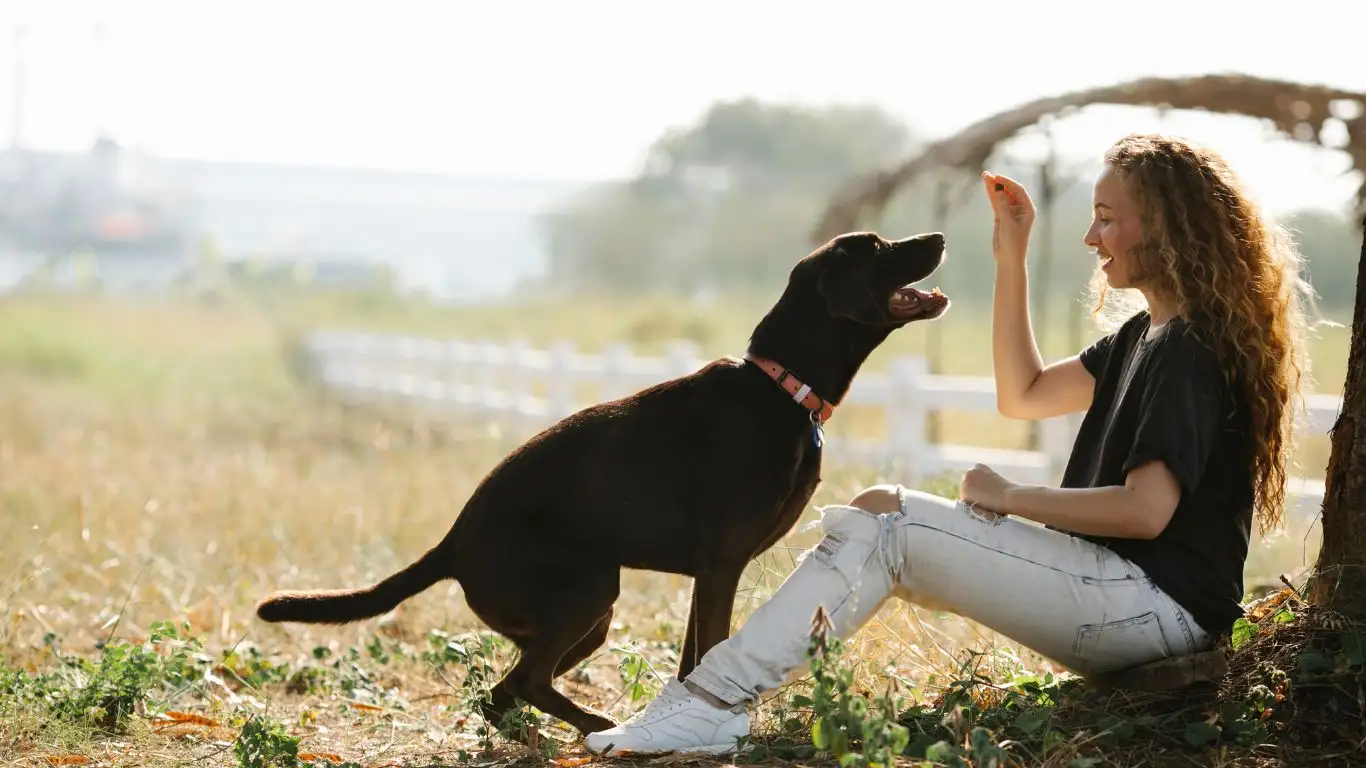
Now that we’ve talked about tools, redirection, and setting your environment up for success, let’s dive into the long game—reinforcement. Because when it comes to learning how to train a dog to stop chasing kids playing, consistency over time is what really seals the deal.
Think of it this way: you’re not just training your dog to stop doing something—you’re training them to choose calmness every single time. That kind of reliable response? It doesn’t happen overnight. But with ongoing reinforcement, it becomes second nature.
Make Calm Behavior the Most Rewarded
Dogs repeat what works. If jumping up and running gets ignored, but sitting quietly gets praise, treats, or playtime? You better believe they’ll sit every time. I remember a young Boxer I trained named Benny—super high energy, total goofball. But the moment his butt hit the ground calmly when the neighbor’s kids came out, he’d get a jackpot of chicken and a belly rub. Took just a few weeks before that “butt on ground” was his go-to move around kids.
- Use high-value rewards like cheese, turkey, or a favorite squeaky toy.
- Mark calm behavior with a cue like “yes!” or a clicker so your dog knows what earned the treat.
- Reinforce often in the beginning—then taper down gradually over time.
Watch for Triggers and Patterns
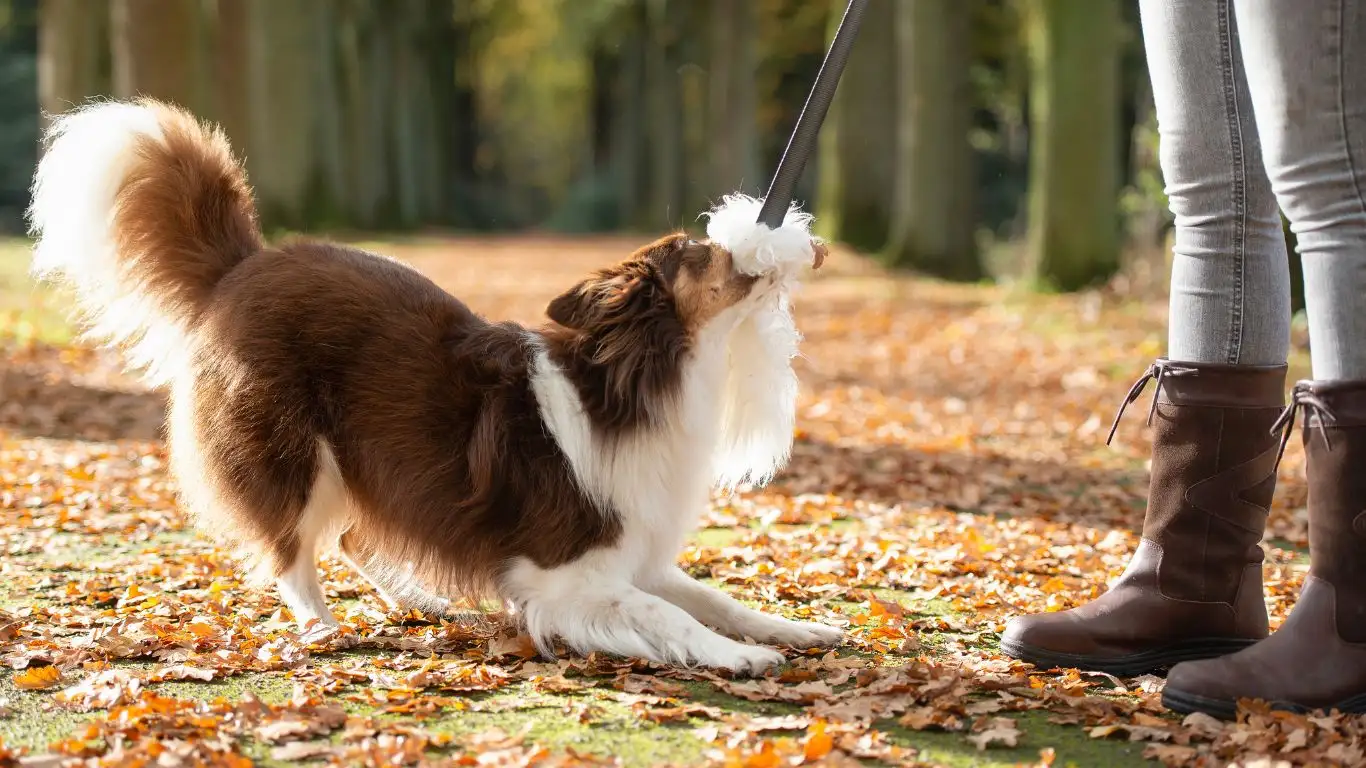
Every dog has their own little set of triggers. It might be the squeal of a kid playing tag, the sound of a scooter zooming past, or that flurry of movement when a soccer ball flies across the yard. What I encourage all my clients to do is play detective: figure out what exactly sets their dog off.
Keep a Training Journal
Yep, this sounds nerdy—but hear me out. Writing down when the chasing happens (or almost happens) gives you patterns. And once you’ve got patterns, you’ve got power. One of my clients, a couple with a sweet but reactive Husky mix, started logging every incident. Turned out, the trigger wasn’t just movement—it was sudden squeals from kids. We shifted focus to desensitization around kid sounds first, and it made a world of difference.
Here’s what you can track in your notes:
- What time the behavior occurred
- What was happening around your dog (kids running, yelling, biking, etc.)
- Your dog’s exact response
- What you did and how your dog reacted afterward
Sometimes, just reviewing these notes helps owners spot things they never realized were stressors or triggers before.
How to Handle Setbacks Without Losing Progress
Listen, progress isn’t linear. You might be doing everything right, and then one afternoon—BAM—your dog bolts after your kid on a scooter like it’s day one. That doesn’t mean you failed. It just means dogs, like humans, have off days. Or maybe the situation was just too exciting. The key is how you handle those moments.
Stay Calm, Reset, and Try Again
When a setback happens, don’t scold or punish. That only creates confusion and fear. Instead, calmly guide your dog away, reintroduce a basic cue like “sit,” reward, and assess. Ask yourself: was the environment too intense? Did I miss a cue from my dog’s body language? What can I change next time?
I once worked with a family whose Labrador regressed during a birthday party—they forgot to crate him, and he started chasing after a pack of sugar-fueled 8-year-olds. We paused, regrouped, and reinforced crate time before any big gatherings from that point forward. No more chaos.
Helpful Resources and Continuing Education
If you’re committed to helping your dog overcome this behavior (and you’ve read this far, so I’m betting you are), it’s worth tapping into trustworthy, expert-backed sources. I always encourage folks to do a little light reading from reputable organizations that promote force-free, science-backed dog training.
- AKC – Great articles on training, breed tendencies, and behavior tips.
- PetMD – Solid info on canine behavior and emotional health.
- Health – Occasionally features child safety around pets, which can be helpful in multi-child homes.
And of course, nothing beats working hands-on with a professional trainer or behavior consultant—especially if you’re seeing serious behavioral challenges. The earlier you start, the easier it is to reshape those behaviors into something positive and lasting.
Final Thoughts (But Not a Conclusion)
If there’s one thing I want you to walk away with, it’s this: dogs don’t chase kids to be “bad”. They chase because they’re confused, overstimulated, or just too excited. Your job isn’t to punish them for that—it’s to guide them toward a better way to respond. And you’re totally capable of doing that with the right strategy, patience, and a dash of empathy.
Remember: behavior is fluid. With the right mix of training, management, and understanding, you really can teach your dog to be calm, confident, and safe around children. I’ve helped dozens of families through this journey—and I’ve seen firsthand how life-changing it can be for both dogs and kids alike.
Disclaimer
This article is based on my personal experience as a Canine-Assisted Therapy Trainer, supported by professional training practices and field-tested approaches. However, it is not a substitute for professional veterinary or behavioral advice. Always consult with a certified trainer or veterinarian if your dog displays signs of aggression or if you’re unsure how to proceed safely.
